
Why the Niryo Ned 2 is the Ultimate Robotics Learning Platform for Universities
In the world of educational robotics, finding the right platform to engage students and nurture their skills can be a daunting task. Enter the Niryo Ned 2, a highly versatile educational robotic arm designed to enhance learning experiences in universities. With its user-friendly features, robust coding capabilities, and community support, it is quickly becoming a favorite among educators. Let’s dive into why the Niryo Ned 2 is shaping the future of robotics education.
1. User-Friendly Design for All Learning Levels
Designed with simplicity in mind, the Niryo Ned 2’s intuitive interface ensures that students of all skill levels can jump right in. Its modular components allow for easy assembly and disassembly, making it perfect for hands-on learning. From high school beginners to university graduate students, everyone can find value in its accessible design.
What really makes the Ned 2 stand out is its comprehensive setup guide. This feature means students aren’t left fumbling in the dark; instead, they can follow clear instructions that take them through the initial setup step by step. This sense of guidance amplifies the learning experience and builds the confidence necessary for tackling more complex tasks down the line.
Importantly, the platform enables users to witness immediate results, which boosts motivation and interest. For beginners, this instant feedback loop is crucial—it demystifies robotics and brings the technology to life. Students can instantly see how their programming decisions affect the robot’s movements, leading to a deep and practical understanding of robotics.
2. Powerful Coding Capabilities with Python
One of the standout features of the Niryo Ned 2 is its compatibility with Python, a programming language widely used in the tech industry. This integration allows students to dive into real coding applications while building their programming skills. Python’s straightforward syntax makes it approachable, enabling learners to focus on problem-solving rather than getting bogged down by complex code.
What’s exciting is that students can see the immediate impact of their code on the physical robot. This hands-on experience bridges the gap between theory and practice, which can often be a stumbling block in traditional education. By working with a real robot, learners quickly grasp the principles of robotics and programming, paving the way for deeper exploration in advanced areas of technology.
The ability to use Python also opens the doors to a rich ecosystem of libraries and tools available for students to explore. Imagine a class not only learning how to program a robotic arm to pick up objects but also utilizing machine learning libraries to optimize its movements. This not only enriches the curriculum but also prepares students for future roles in tech-driven fields.
3. Robust Educational Resources and Community Support
Niryo provides an extensive array of educational resources, including tutorials, documentation, and sample projects. Furthermore, the vibrant community surrounding the Niryo Ned 2 offers support and inspiration to learners looking to expand their knowledge. Students can easily access online forums, user groups, and social media channels where they can connect with others who share their enthusiasm for robotics.
The benefits of such a community cannot be understated. Peer support can often lead to newfound ideas and techniques, fostering an environment of collaborative learning. With each interaction, students gain not just from their own experiences but also from the diverse backgrounds and perspectives of their peers.
This pooling of knowledge truly enhances the learning experience. When challenges arise, whether technical difficulties with the robot or gaps in understanding coding concepts, students can turn to their community for assistance. This sense of solidarity not only helps in overcoming hurdles but also makes the learning journey more enjoyable and less daunting.
4. Hands-On Experience with Real-World Applications
The Ned 2 allows students to work on practical projects that simulate real-world scenarios. From programming automated tasks to engaging in robotic competitions, the platform prepares students for future careers in technology. These experiences encourage innovation and creativity, as students are not just learning to code—they are learning to solve real problems.
Moreover, universities can design specialized courses that align with industry demands. Whether it’s automating logistics with robotics or exploring artificial intelligence applications, students can tailor their learning paths according to current trends. This adaptability prepares them to enter the job market with relevant skills and knowledge.
Working on projects that are applicable to today’s industries enhances not only technical skills but also critical soft skills. As they navigate the complexities of group projects or competition scenarios, students develop skills in project management, communication, and time management—all essential for professional success.
5. Enhancing Collaboration and Teamwork Skills
The collaborative nature of working with the Ned 2 encourages teamwork among students. By tackling projects together, they can learn from each other while developing essential communication and problem-solving skills. In today’s interconnected world, these soft skills are just as crucial as technical abilities.
As students collaborate on various robotics challenges, they discover the importance of diverse perspectives in problem-solving. This not only enriches their learning experience but also prepares them for the realities of modern workplaces where teamwork is often essential. Learning to share ideas, compromise, and find common ground while working with others is invaluable.
In essence, the Niryo Ned 2 is more than just a robotic arm; it’s a gateway to fostering essential life skills. The emphasis on collaboration instills a sense of community among students, which is often vital for sustained motivation and achievement. By learning together, they grow together, forging connections that can last a lifetime.
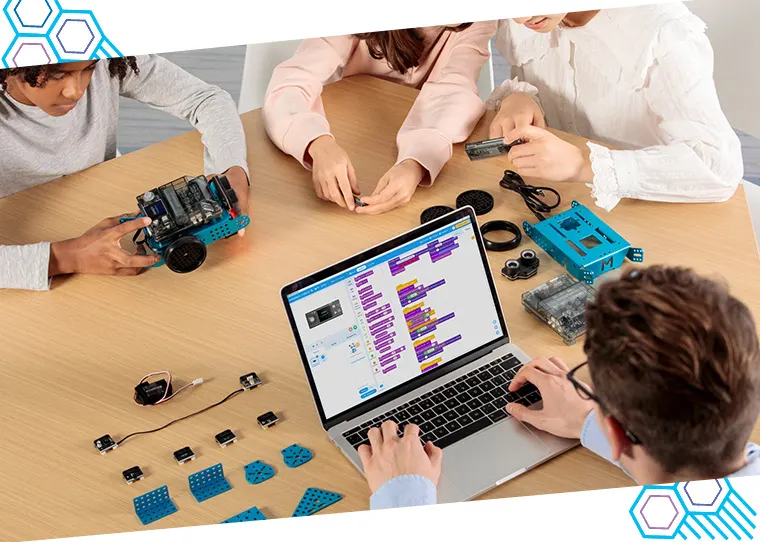
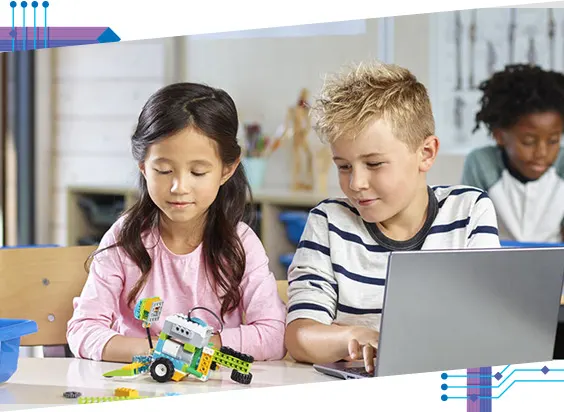

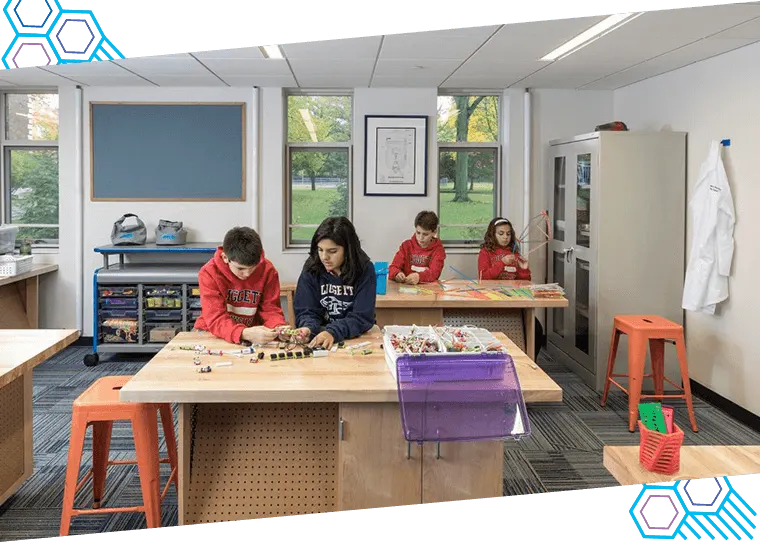
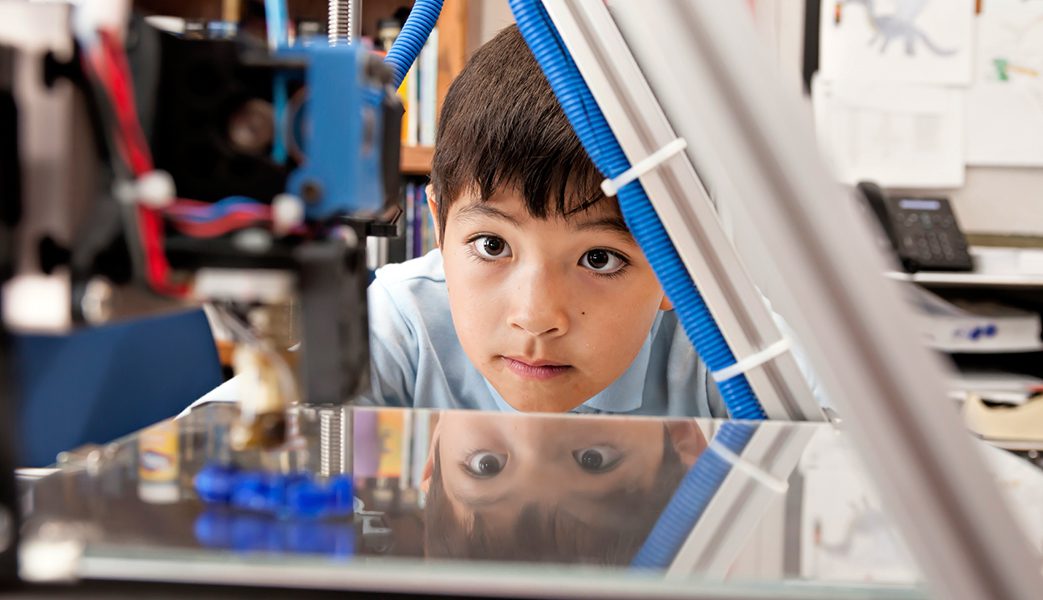

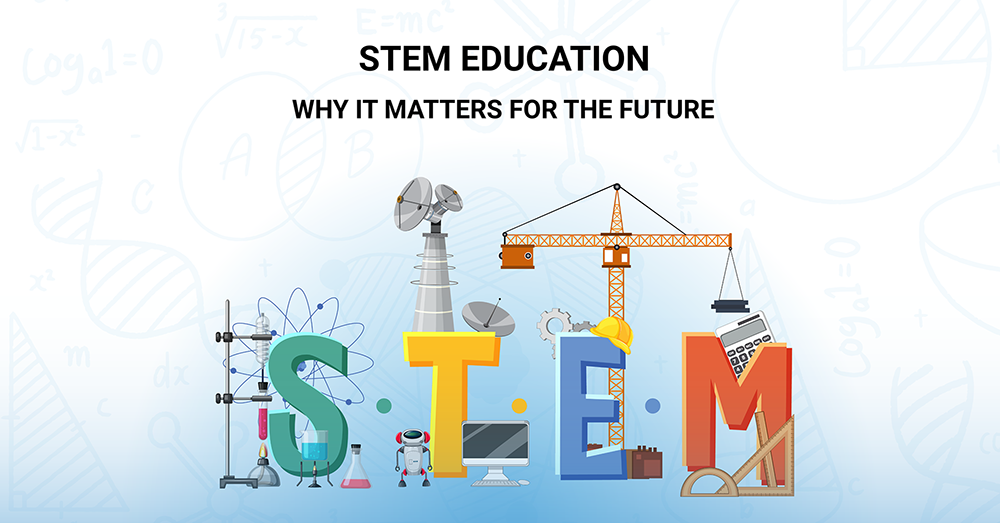
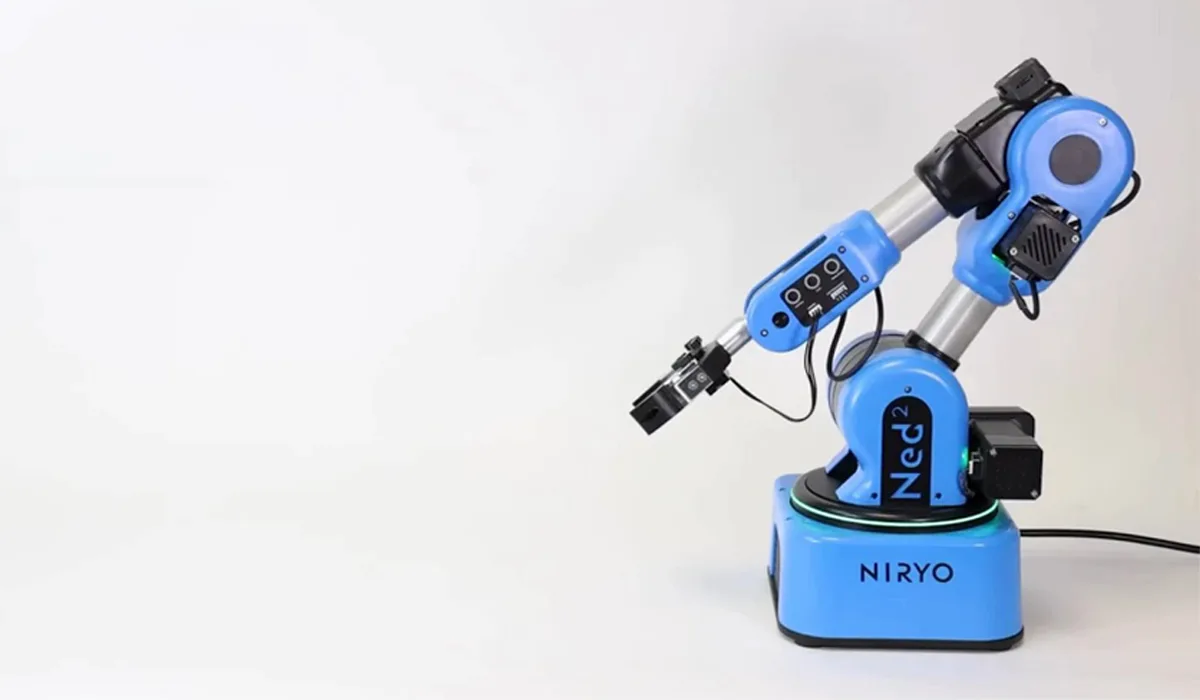
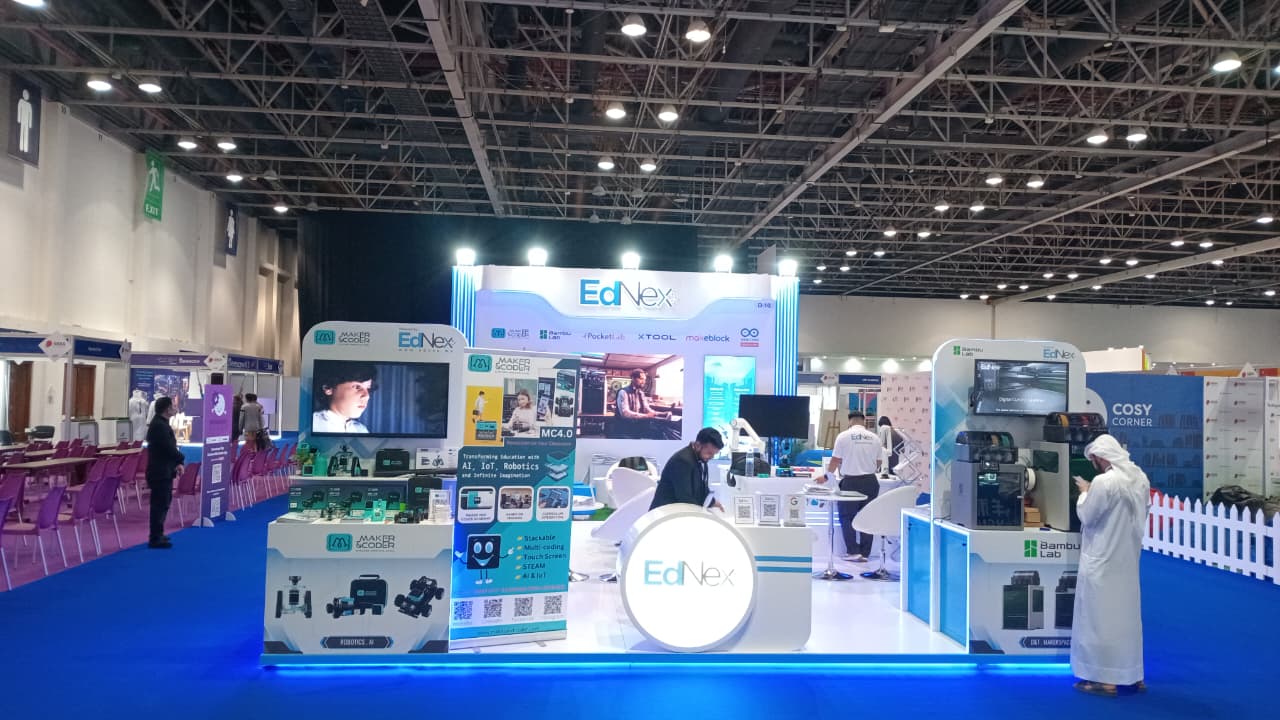
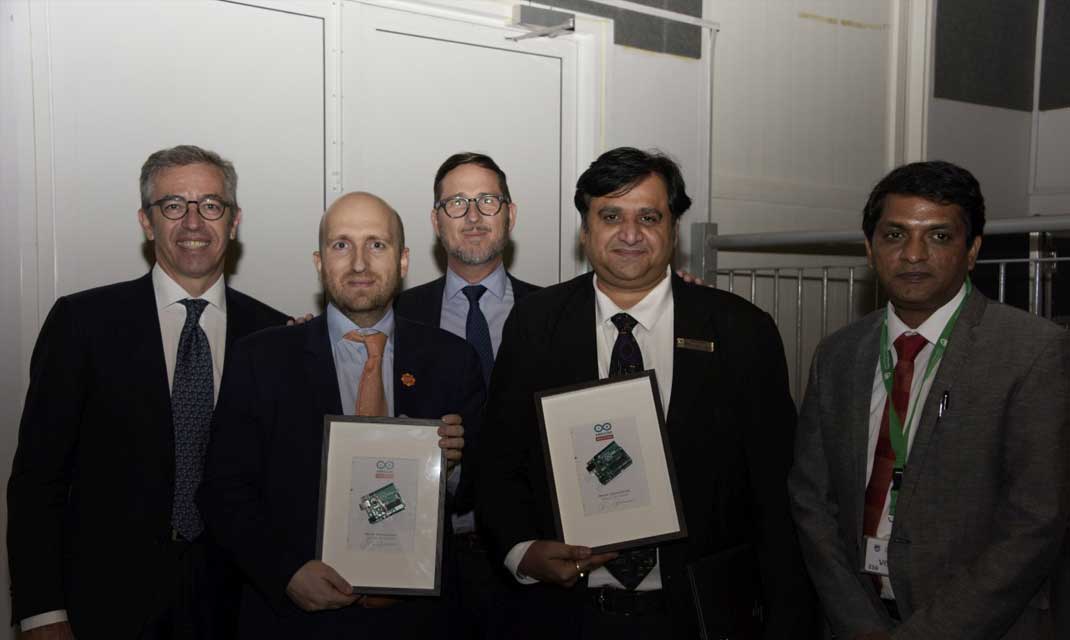
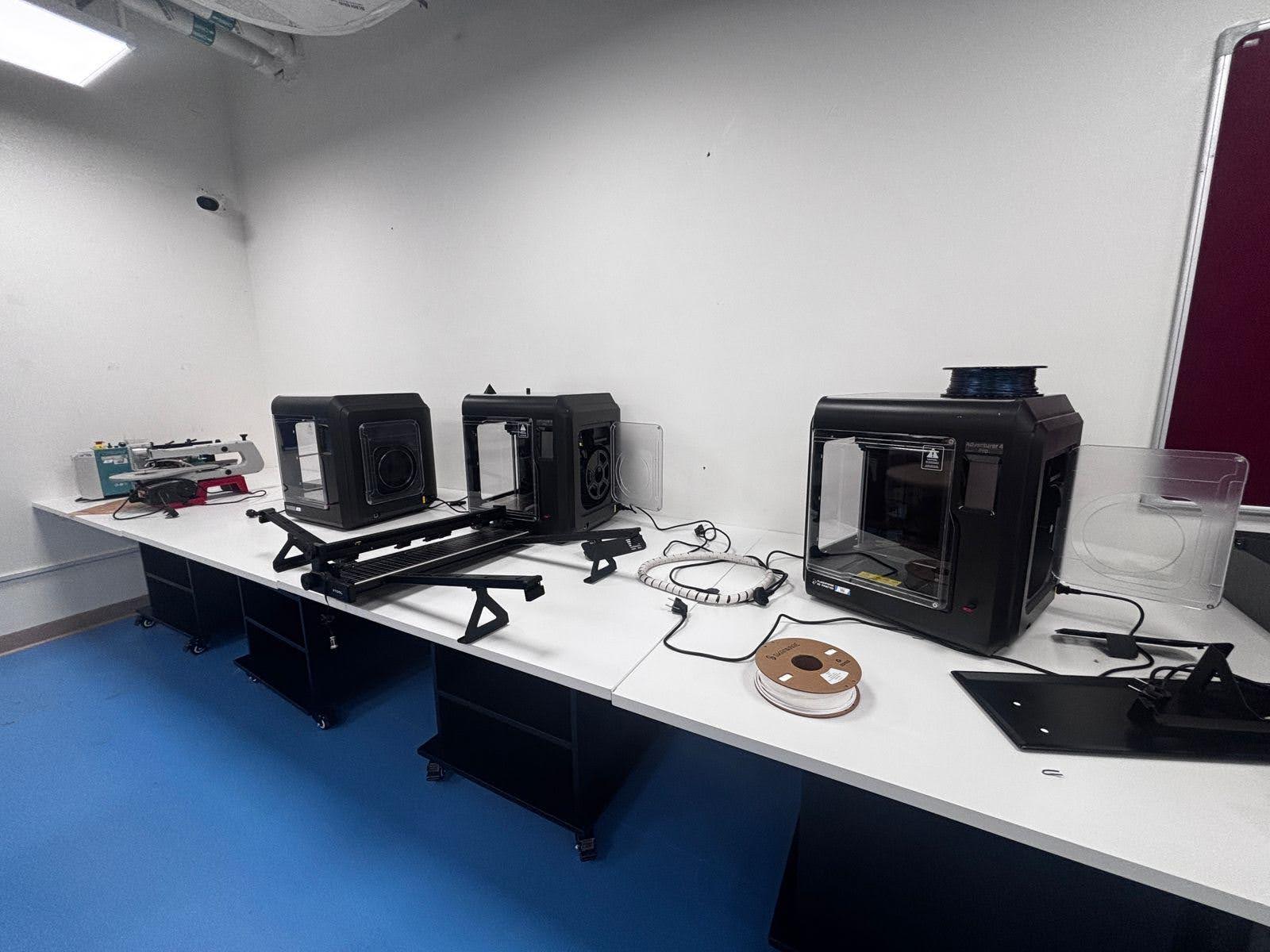
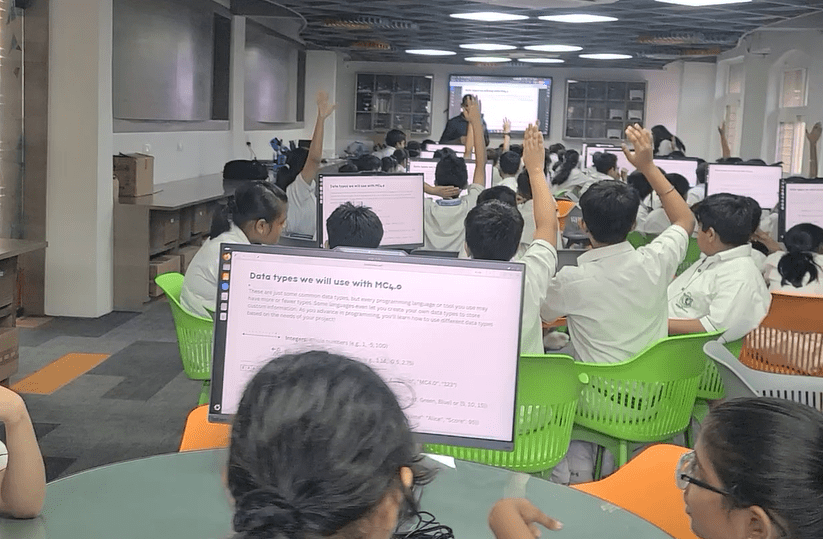
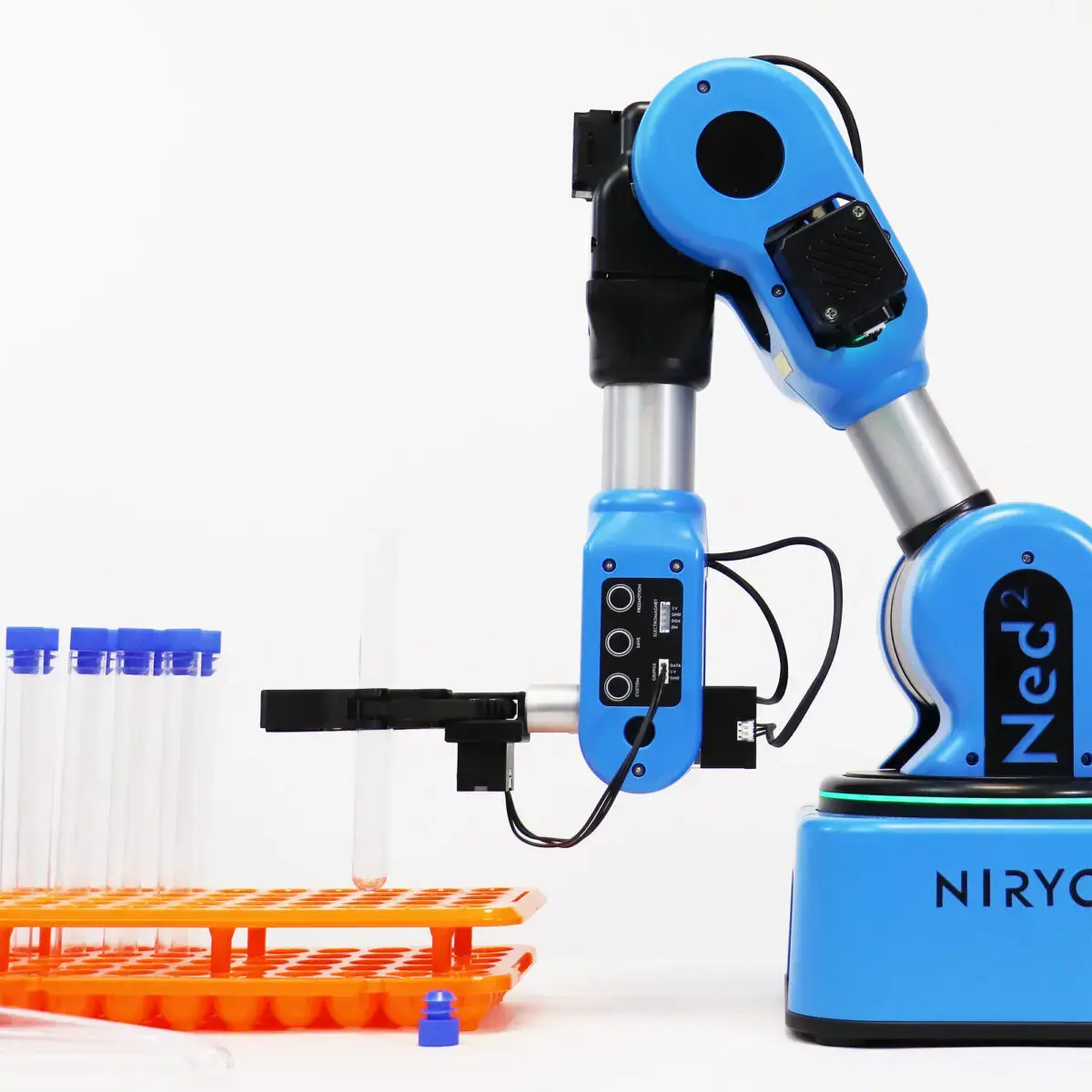
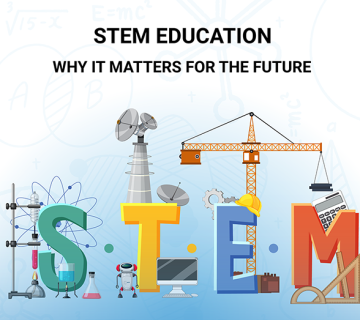
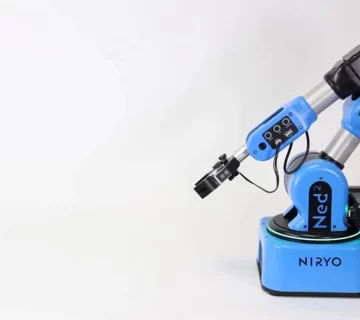


No comment